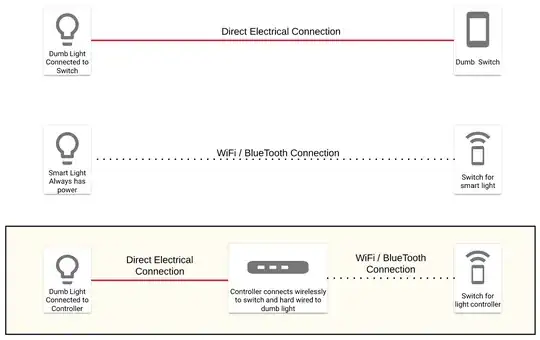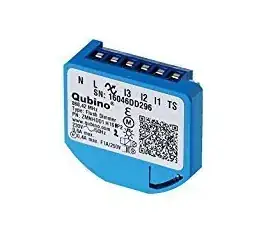Objective:
Finding out about terminology/ specification to help me source
economically priced hardware for DIY installation. (My Google search for
wireless light
switching produces wall switches operatable by apps but physically wired to
the light circuit, like a mechanical switch).
Situation:
I have a group of led lights, less than 100 W total. I want to operate this group through a wireless signal from a wall switch and/or touch panel. I prefer to use dumb globes connected to a device which receives the operating instruction wireless from a wall switch and /or touch panel to control the dumb globe.
Question:
What hardware devices (Zigbee compatible) are required to receive the wireless signal and operate the circuit. See image below:  (third layout is what I am looking for)
(third layout is what I am looking for)
a) for simple ‘on/off’ operation
b) for ‘on/off’ operation with ‘dimming’
c) What Zigbee compatible hardware device (instead of the conventional light switch) is required to generate the wireless signal for a), for b)?
